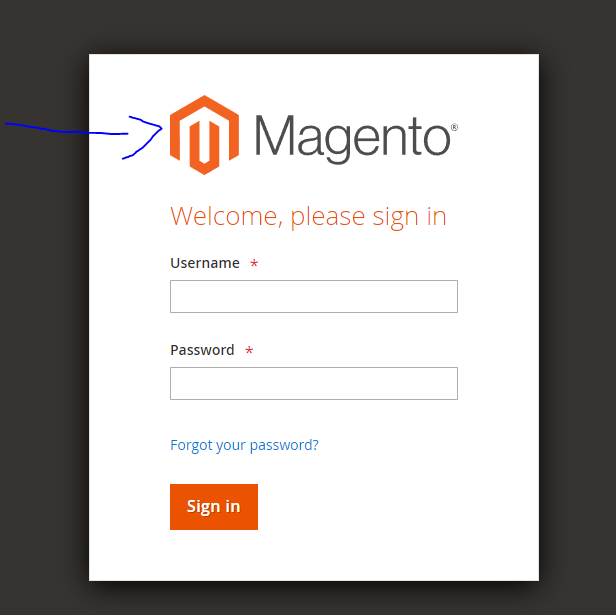What is Magento? Discovering e-commerce success
Magento is an e-commerce platform used to create and manage online stores. It works to help you create a unique and engaging online shopping...
Hello all,
Magento 2 offers an easy to use product manager among its capabilities to create new products within minutes with just a few clicks by filling in a few fields.

Button to create new products
We'll see how to create a product in Magento using only the basic attributes required to be visible, added to the cart and sold at your e-commerce store.
List of required product attributes attributes

Form for creating new products
It is also necessary to review some attributes that, although they already have a default value, it is necessary to review their value to ensure that it fits the needs of our store.
These are auto-filled with a predetermined value from a list.
>>Content personalization in Magento Commerce<<

Information to complete regarding SEO, this information is not necessary, however, it is essential for your products to appear in the first search results.
Following this steps with Magento, by clicking a few buttons and completing very little information, it is possible to create a product that is available for sale to the public, being accessible by URL, available in a product search, or displayed in the product listing.
Don't forget to review Magento's other non-required attributes, these provide completeness to your store and offer a better experience for users browsing your site.

Magento is an e-commerce platform used to create and manage online stores. It works to help you create a unique and engaging online shopping...

E-commerce platforms offer the functionality to store lists of products that interest users. Also, this helps improve the customer experience by...

Every Magento instance consits of at least two seperate sites: the frontend, which allows customers to navigate, create accounts and purchase goods,...